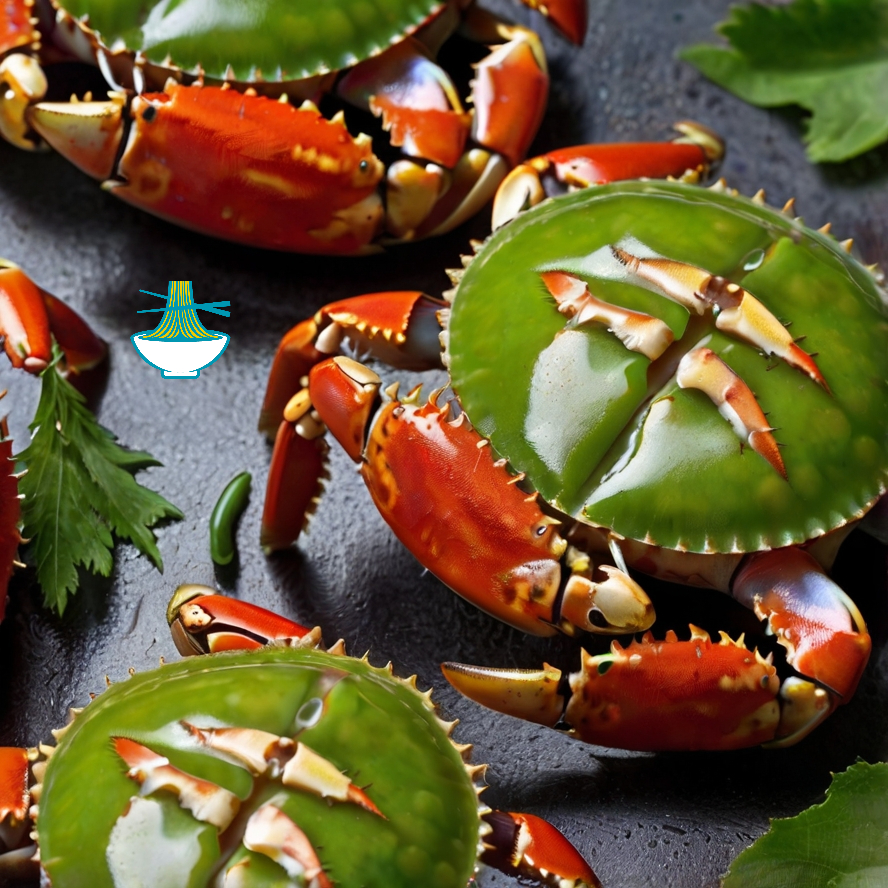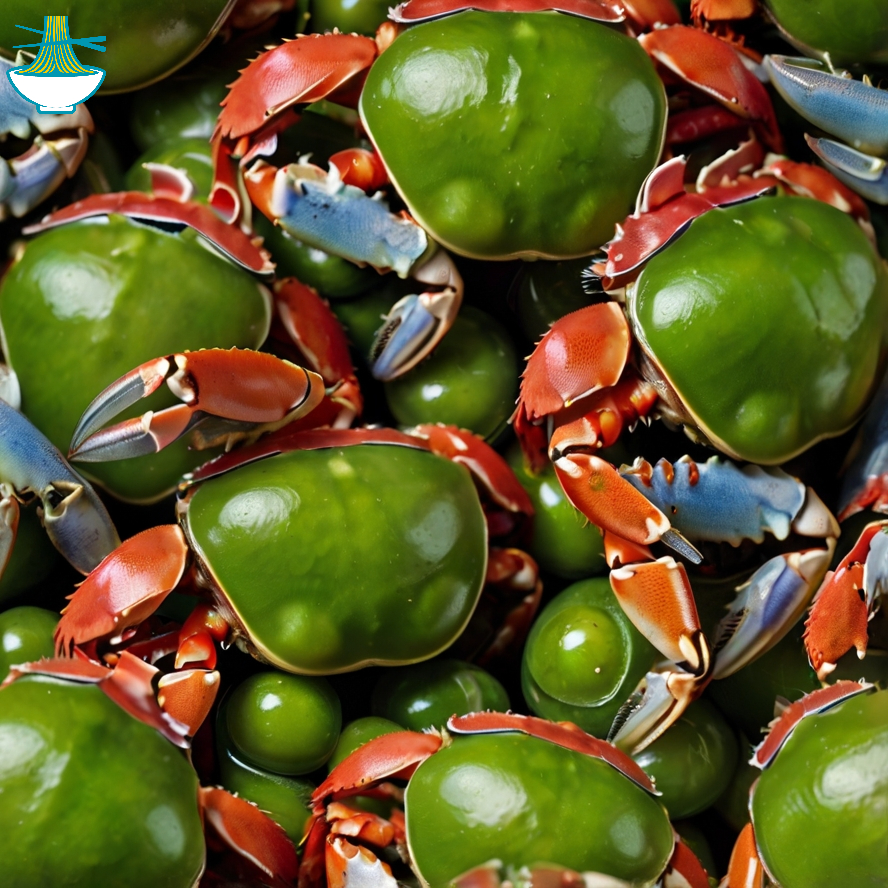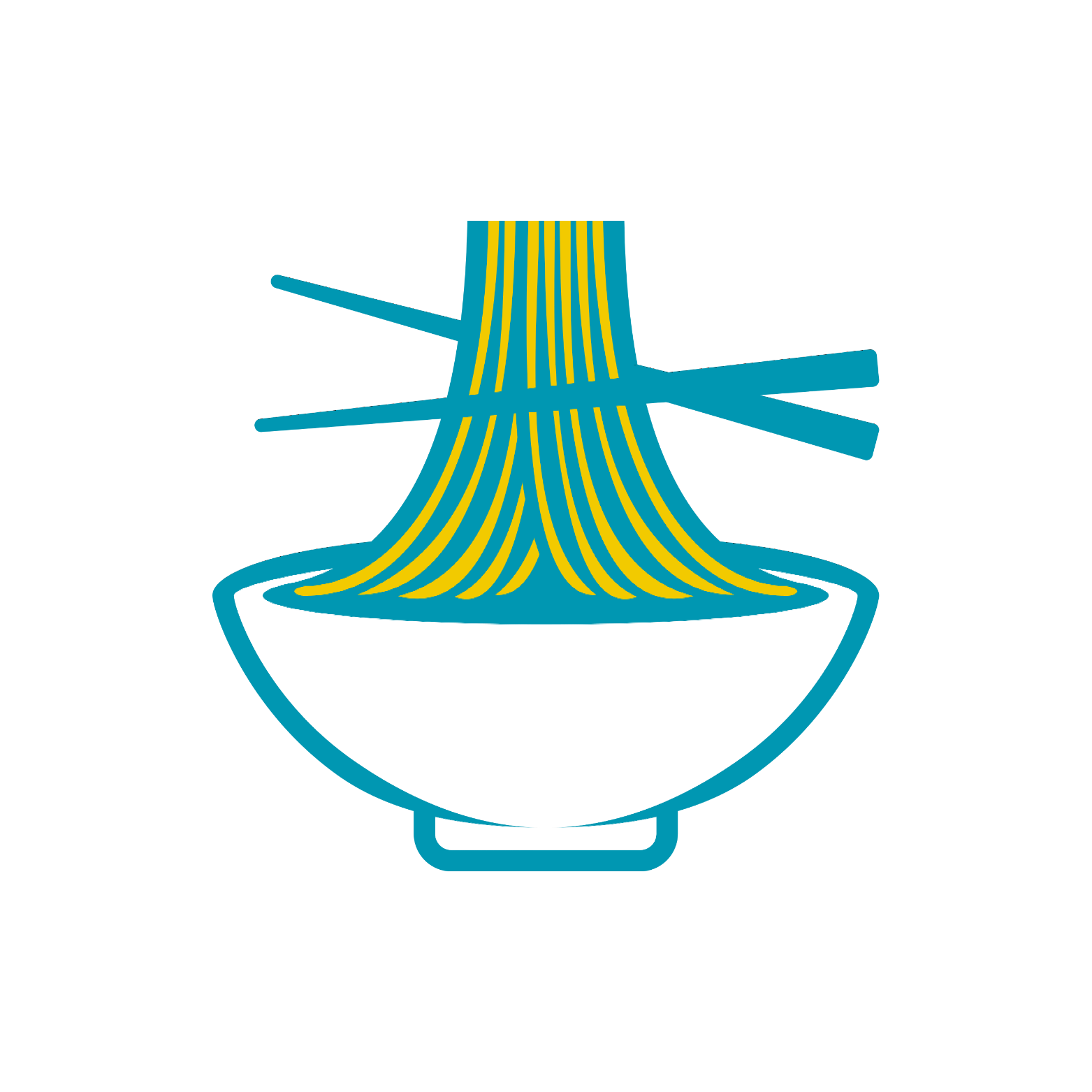Pea Crabs, although tiny in size, offer a unique culinary experience. These soft-bodied crabs are often found living inside mollusks, such as oysters and mussels, forming a symbiotic relationship. While their small size may surprise many, Pea Crabs are considered a delicacy in certain regions, prized for their tender texture and delicate flavor. The crabs do not harm the mollusks, and in fact, they help keep the host clean by feeding on plankton and other small organisms. Nutritionally, they are an excellent source of protein and omega-3 fatty acids, essential for heart and brain health. However, due to their rarity and small size, they can be difficult to find and are often enjoyed as a special treat.
Ingredients:
- Fresh Pea Crabs (from oysters or mussels)
- 1 tablespoon olive oil
- 1 clove garlic, minced
- 1/2 teaspoon lemon zest
- Fresh parsley, chopped
- Salt and pepper to taste
Instructions:
Remove the Pea Crabs:
- Start by carefully extracting the pea crabs from the oysters or mussels. Use a small spoon or your fingers to gently remove the crabs, being cautious not to damage the delicate shells of the mollusks. If you're using fresh oysters or mussels, ensure that the crabs are properly cleaned before proceeding to the next step.
Prepare the Pan:
- Heat 1 tablespoon of olive oil in a medium-sized skillet over medium heat. Allow the oil to warm up for a minute. Olive oil adds a smooth texture and enhances the overall flavor of the dish, complementing the natural taste of the pea crabs.
Sauté the Garlic:
- Once the oil is heated, add 1 finely minced garlic clove to the pan. Sauté the garlic for approximately 1 minute or until it becomes fragrant. Be careful not to burn the garlic as it can become bitter. Stir occasionally to ensure even cooking.
Cook the Pea Crabs:
- Add the pea crabs to the pan, ensuring they are evenly distributed. Cook for 2-3 minutes. The crabs will begin to turn a light golden color as they cook. During this time, they will absorb the flavors of the garlic and olive oil, creating a delicious base for the dish.
Season the Dish:
- Once the pea crabs are lightly golden, add lemon zest, a pinch of salt, and freshly cracked pepper to taste. Stir gently to incorporate all the ingredients. The lemon zest adds a burst of citrus flavor, which balances the rich, briny taste of the crabs, while the salt and pepper bring out the natural flavors.
Garnish and Serve:
- Remove the pan from the heat and transfer the dish to a serving plate. Garnish with freshly chopped parsley to add a pop of color and a hint of freshness. Serve immediately while hot to enjoy the full flavor and tender texture of the pea crabs.
Practical Cooking Tips
Cooking Preparations:
- Gently rinse the Pea Crabs to remove any debris.
- Cook them whole to retain their flavor.
Storage:
- If not cooking immediately, store them refrigerated in their host shells to preserve freshness.
Enhancing Recipes:
- Pair with simple ingredients to highlight their natural taste, such as olive oil, garlic, and lemon.
Recipe Variations:
- Use them in seafood soups or chowders.
- Add to pasta dishes or seafood risottos for a luxurious touch.
Questions and Answers
What are Pea Crabs?
Pea Crabs (Pinnotheridae) are tiny, soft-bodied crabs often found living inside the shells of mollusks, such as oysters, clams, and mussels. They form a symbiotic relationship with their hosts, feeding on plankton and organic matter brought in by the mollusk. This relationship is usually harmless to the host, though occasionally, they may compete for food. Pea Crabs are prized as a delicacy in some culinary traditions due to their tender texture and delicate flavor.
- Life Cycle: Pea Crabs go through several larval stages before finding a host mollusk to inhabit. They remain inside the shell for most of their lives, relying on the host for shelter and food.
- Where to Find Them: Pea Crabs are typically discovered inside fresh oysters or mussels. They are most common in regions where mollusks thrive, such as coastal waters.
Can They Be Eaten Safely?
Yes, Pea Crabs are safe to eat, provided they come from clean and safe water sources. However, individuals with shellfish allergies should avoid consuming them, as they may trigger allergic reactions.
Where Can They Be Found or Purchased?
Pea Crabs are generally not sold separately in markets but are found within fresh oysters or mussels. For the best chance of finding them:
- Purchase fresh mollusks from reputable seafood suppliers.
- Look for locally harvested oysters and mussels during their peak seasons.
Are They Rare?
Pea Crabs are considered rare because not every mollusk contains them. Their presence depends on environmental factors and the health of mollusk populations.
Do Pea Crabs Affect the Flavor of Oysters or Mussels?
Pea Crabs do not negatively impact the flavor of their host. In fact, their presence can add a unique texture and a mildly sweet, seafood-like taste that complements the mollusk.
What Are Some Alternatives If Pea Crabs Are Unavailable?
If Pea Crabs are not available, you can substitute with other small, delicate seafood such as:
- Baby shrimp
- Soft-shell crab pieces
- Tiny scallops
What Is the Best Time to Enjoy Pea Crabs?
The ideal time to find and enjoy Pea Crabs is during peak mollusk seasons, typically late spring through early fall when oysters and mussels are at their freshest.
How Should They Be Stored?
- Before Cooking: Keep the Pea Crabs inside their host mollusks and store them in a refrigerator at 1–4°C (33–39°F) to maintain freshness.
- After Removing: If removed from the mollusks, refrigerate the crabs in an airtight container and use them within 24 hours.
Are They Safe for Children?
Yes, Pea Crabs can be enjoyed by children as long as they do not have shellfish allergies.
How Can Their Flavor Be Enhanced?
Pea Crabs are naturally flavorful, but their taste can be elevated by adding ingredients such as:
- Butter
- Seafood stock or fish broth
- Lemon juice or zest
- Garlic and herbs like thyme or parsley
What Do They Taste Like?
Pea Crabs have a mildly sweet, oceanic flavor with a soft, tender texture. When cooked, their delicate taste pairs well with simple seasoning and buttery sauces.

Nutritional values and benefits:
Pea Crabs (per serving)
- Calories: 30
- Carbohydrates: 0g
- Protein: 6g
- Fat: 1g
Nutritional Benefit: High in protein and omega-3 fatty acids, supporting heart and brain health.
Olive oil (1 tablespoon)
- Calories: 119
- Carbohydrates: 0g
- Protein: 0g
- Fat: 14g
Nutritional Benefit: Rich in healthy monounsaturated fats, supporting heart health and reducing inflammation.
Garlic (1 clove)
- Calories: 4
- Carbohydrates: 1g
- Protein: 0g
- Fat: 0g
Nutritional Benefit: Known for its immune-boosting properties and its ability to support heart health.
Lemon zest (1/2 teaspoon)
- Calories: 1
- Carbohydrates: 0g
- Protein: 0g
- Fat: 0g
Nutritional Benefit: Adds a burst of flavor and is a source of vitamin C, which supports immune function.
Fresh parsley (for garnish)
- Calories: 1
- Carbohydrates: 0g
- Protein: 0g
- Fat: 0g
A rich source of vitamins A, C, and K, supporting immune health and reducing inflammation.
Nutritional Benefits
Pea Crabs are nutrient-dense, offering several health benefits:
- Protein: High-quality protein supports muscle repair and growth.
- Omega-3 Fatty Acids: Essential for heart health, brain function, and reducing inflammation.
- Low Calories: Ideal for those seeking a low-calorie, high-nutrient food.
Comparison with Other Crabs:
- Pea Crabs are softer and less meaty than larger crabs like Blue Crabs or King Crabs. However, they contain comparable levels of omega-3 fatty acids and proteins relative to their size.
Overall benefits: Pea Crabs provide a nutrient-dense, high-protein option that can be enjoyed in various dishes. Combined with the healthy fats in olive oil, the antioxidant-rich garlic and lemon zest, and the vitamin-packed parsley, this dish not only offers great taste but also supports heart health, immunity, and overall wellness.


Comments